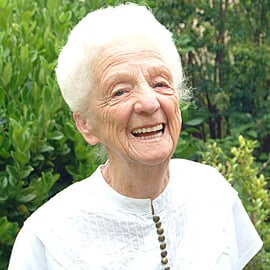He had a simple message for those trying to break into the Chinese village and care market: ‘There is very little avenue to make money’. And he should know.
Direct Supply has been a buyer of Chinese goods for over 20 years and a Chinese-based manufacturer for over 10 years.
Tom has been living in China for eight years, building a beachhead for Direct Supply to launch into the Chinese village and care market. He is also the CEO of IAHASA China, representing the peak international aged care association.
Five years preparation led to Tom launching Direct Supply in China three years ago and this year they have delivered their first profit. Over half the new care developments that have kicked off in this period have been Direct Supply customers.
He reports that every western-style care facility has been a failure by Western terms. Twenty to 30 per cent occupancy is the norm; the fullest facility he reports has 35 beds occupied. In nearly every case, the entire management of each facility has turned over within 12 months of opening.
Going somewhere for care is still a foreign/Western concept.
Why is this so? There are many reasons. Going somewhere for care is still a foreign/Western concept. If you need care that can’t be provided at home, you go to a geriatric hospital (with the result that stays are three times longer than in the US).
Government funding can be technically available (at around $630 per month) but the system makes it available only for government facilities. To provide private aged care requires fees of $4,200 per month and it's proving hard to attract support from the children to pay this amount for their parents.
The government is opening up more land specifically for supporting the aged, and developers are grabbing the opportunity to get access but are half hearted about entering the aged care market. They are content to simply win the land for the future.
Tom points out that government regulations change often and without warning. This has also resulted in rapid bankruptcy for a number of projects.
He points to only one success story that he knows of and this is a village with a small care component, called Star Castle in Shanghai.
It has 80 to 100 units and is 70-80 per cent occupied. Its success has been in a large part been because the expat village manager lives in the village and will argue strongly with the owner on why operations must be done as he requires.
Another vital aspect according to Tom is the fact the manager and other staff have a small equity in the project. (This is to counter the Chinese habit of Chinese staff leaving one job for another for an extra $100 per month).
None of this however has dampened the enthusiasm for village or care facilities in China. It is now believed that the prestige model may work best.
This year a new care facility will open with a monthly charge of $8,000 per month, over double the rate currently ruling the market. The view is that the wealthy Chinese children will not lose face having their parents in an ‘extraordinarily expensive’ village or care facility. A big gamble and time will tell.
Tom will be presenting a paper at the joint ACSA/IAHSA conference in Perth 31 August – 4 September this year.






